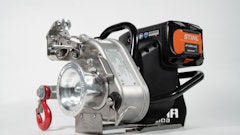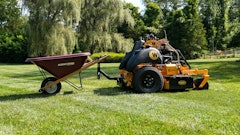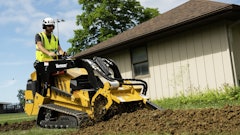
Leaf blowers are an essential time and labor-saving tool on the job, but landscape contractors are facing increasing pressure from homeowners associations, municipalities and other government agencies about equipment sound.
Blowers are especially targeted due not only to the sound level at which they operate but also their sound frequency. In some cases, bans or severe limitations on blowers have been enacted. By adhering to the courtesies and guidelines below, not only do you protect yourself, your employees and the environment around you, but you help avoid controversy surrounding blower use, keep your clients happy, add to your bottom line and maximize efficiency.
Courteous operation
Follow local rules—do not use very early or late in the day unless using a low noise product with a dB(A) within the city ordinance.
Check wind direction and intensity—never point the nozzle toward people, pets, cars or houses.
Additionally, do not:
- Blow debris toward open windows or doors
- Leave blower running while unattended
- Use blower to spread or mist fertilizers, chemicals or other toxic substances, unless it is designed for these purposes and in an appropriate area.
Reducing Noise
- Use lowest possible throttle speed (this also saves on fuel).
- Use nozzle attachments that help reduce sound.
- Avoid using more than one blower at a time whenever possible—especially in neighborhoods or around buildings where sound can be intensified.
- Check the condition of the leaf blower muffler, air intakes and air filter to make sure they’re in good condition.
- Pay attention to sound levels when shopping for your next blower. Also, take a look at a battery-powered options, as many of today's models, particularly from Stihl, boast solid power but greatly reduced noise levels.
Reducing dust
- Start with nozzle close to the ground at first and then raise it to a height where it doesn’t generate dust.
- Use the full lower nozzle extensions to control sound and minimize dust.
- Practice by moving grass clippings or a paper cup without moving dust.
- Wet dusty areas down before using.
- Leaf blowers should not be used to clean up gravel, construction dirt, plaster dust, cement and concrete dust and dry garden topsoil.
Learn how to efficiently operate a leaf blower
Follow these simple instructions, along with the manufacturer’s instruction manual:
- Learn to control air velocity at the end of the nozzle to lift leaves without lifting dust.
- Practice leaf blower nozzle movement/throttle control.
- Practice up/down and left/right motions starting close to the ground and the debris but not close enough to lift excess dust.
Also, it is important that when using a blower, the operator wear protective glasses, gloves and hearing protection to help protect eyes, hands, and hearing. When operating any outdoor power equipment, you should wear the personal protective equipment (PPE) as outlined in the manufacturer’s instruction manual.
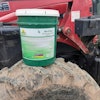

![Doosan Bobcat Wacker Neuson Stack 2ec Js Pb V6e[1]](https://img.greenindustrypros.com/mindful/acbm/workspaces/default/uploads/2025/12/doosan-bobcat-wacker-neuson-stack2ecjspbv6e1.CPyyz8ubHn.png?auto=format%2Ccompress&bg=fff&fill-color=fff&fit=fill&h=100&q=70&w=100)
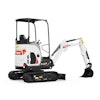
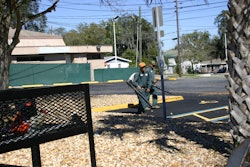
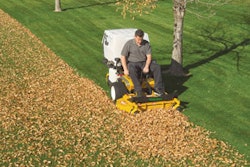
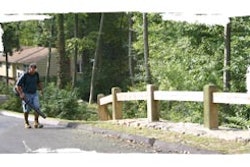


![Doosan Bobcat Wacker Neuson Stack 2ec Js Pb V6e[1]](https://img.greenindustrypros.com/mindful/acbm/workspaces/default/uploads/2025/12/doosan-bobcat-wacker-neuson-stack2ecjspbv6e1.CPyyz8ubHn.png?ar=16%3A9&auto=format%2Ccompress&bg=fff&fill-color=fff&fit=fill&h=135&q=70&w=240)
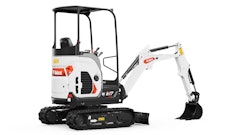


![T708 2025 Ga Tl11 R3 Hr [1 Q5 A1066]](https://img.greenindustrypros.com/mindful/acbm/workspaces/default/uploads/2025/10/t708-2025-ga-tl11r3-hr-1q5a1066.KcuUhTiF78.jpg?ar=16%3A9&auto=format%2Ccompress&fit=crop&h=135&q=70&w=240)
